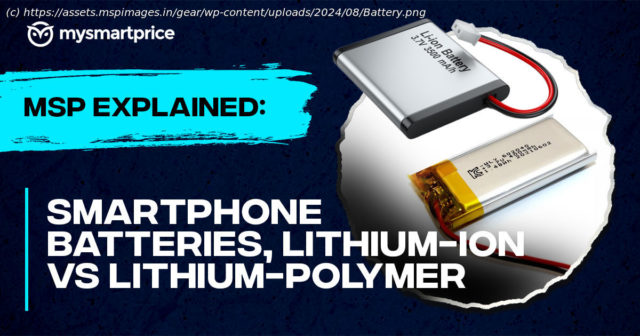Both Li-ion and Li-Po batteries have their strengths and weaknesses, but Li-Po has emerged as the preferred choice for smartphones.
When it comes to smartphone batteries, the first thing we check is the mAh rating. Even a non-tech-savvy person knows that a phone with a 2,000 or 3,000mAh battery won’t have good battery life, while a 5,000 or 6,000mAh battery can easily last a day or two on a single charge. But have you ever wondered what kind of batteries our phones use and how they work? In this week’s MSP Explained, we’ll dive into the world of batteries, exploring their types, how they work, their pros and cons, and more. So, without further ado, let’s jump right in.What Is a Lithium-Ion Battery and How Does It Work?
Lithium-ion batteries, often called Li-ion batteries, are the workhorses of the battery world. They’re found in the majority of our electronic devices. These use lithium ions to move between a positive and negative electrode, generating electricity.
Let’s understand this concept with an example. Whenever we plug our device into a charger, electricity flows into the battery, causing lithium ions to migrate from the cathode to the anode.
Home
United States
USA — IT MSP Explained: Lithium-Ion vs Lithium-Polymer Phone Battery; What’s the Difference?






